Introduction
Unlocking Feline Delight: The Ultimate Guide to Cat-Approved Human Foods
Welcome to a culinary adventure tailored for your feline companion in our comprehensive guide, “Unlocking Feline Delight: The Ultimate Guide to Cat-Approved Human Foods.” This exploration extends beyond mere indulgence, delving into a world where treats not only tantalize your cat’s taste buds but also contribute to their overall well-being.
Prioritizing Feline Wellness: The Crucial Role of Safe and Healthy Treats
The importance of treating your cat to wholesome snacks goes beyond the joy it brings. It’s a fundamental aspect of their health and happiness. In this segment, we’ll navigate through the labyrinth of human foods that are not only delectable for cats but also serve as nutritional powerhouses, contributing to their balanced diet and vitality.
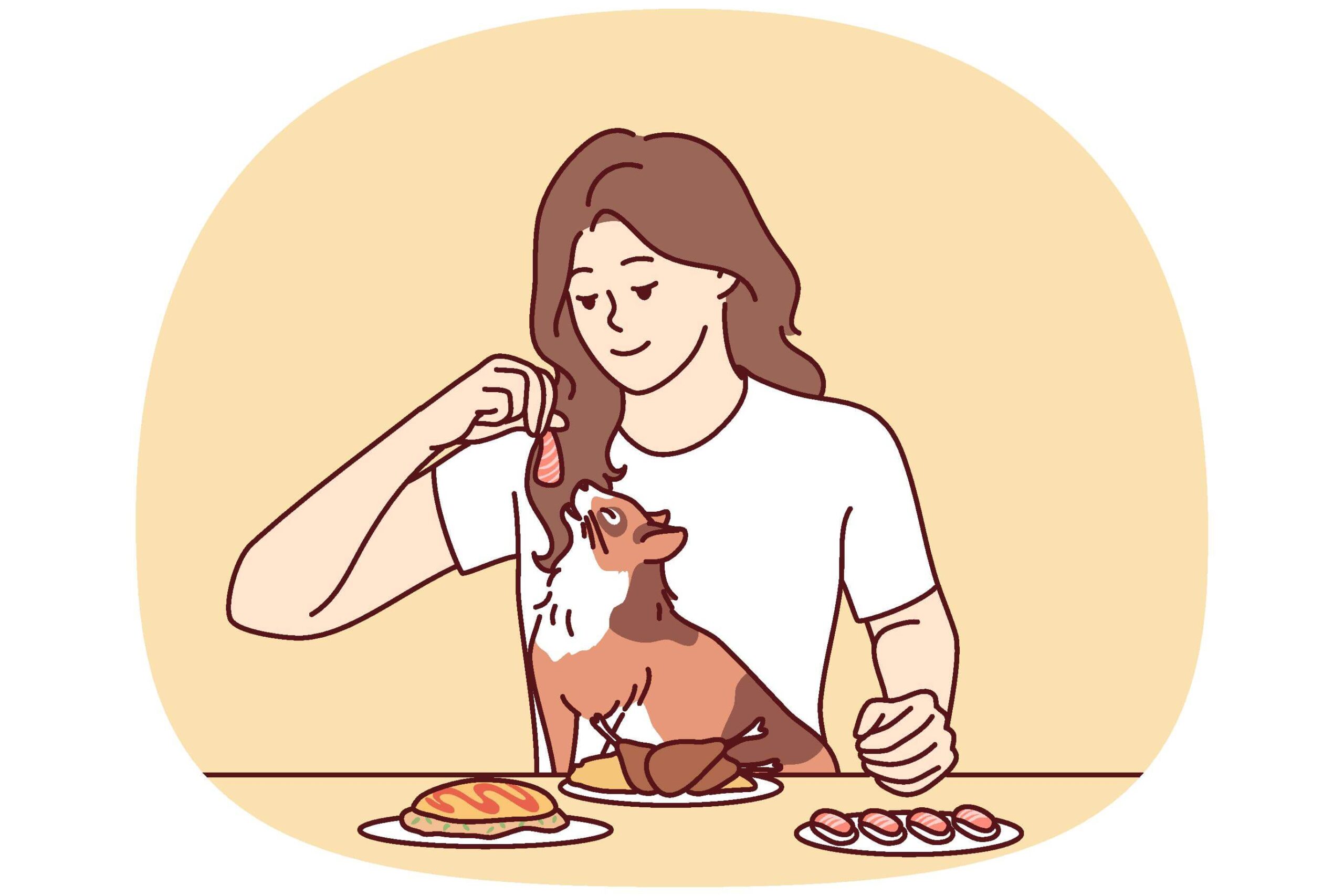
Cats, as obligate carnivores, require a precise balance of nutrients for optimal health. Our guide not only identifies delectable options but also highlights the nutritional benefits, ensuring that every treat offered is a step toward promoting their overall wellness.
Vet-Approved Wisdom: A Necessary Prelude to New Culinary Adventures
Before you embark on this culinary journey with your feline friend, consider it essential to consult your veterinarian. This isn’t just a precaution; it’s a crucial step to ensure that each treat aligns with your cat’s specific dietary needs, steering clear of potential health hazards.
Your veterinarian’s insight serves as the compass guiding us through the delectable yet safe world of feline-friendly human foods. By acknowledging the unique dietary requirements and potential sensitivities of your cat, you lay the foundation for a culinary exploration that not only delights their palate but also nurtures their well-being. Stay tuned as we uncover a plethora of safe, healthy, and cat-approved treats that will undoubtedly make tails wag and whiskers twitch with satisfaction.
Understanding Cat Nutrition: Nourishing Your Feline Friend for Optimal Well-being
Cracking the Code: Overview of a Cat’s Dietary Needs
Unraveling the mysteries of feline nutrition is essential for providing your cat with a diet that aligns with their biological requirements. Cats, as obligate carnivores, necessitate a diet rich in animal proteins to thrive. In this section, we’ll decode the intricacies of their dietary needs, shedding light on the crucial components that contribute to their overall health and vitality.
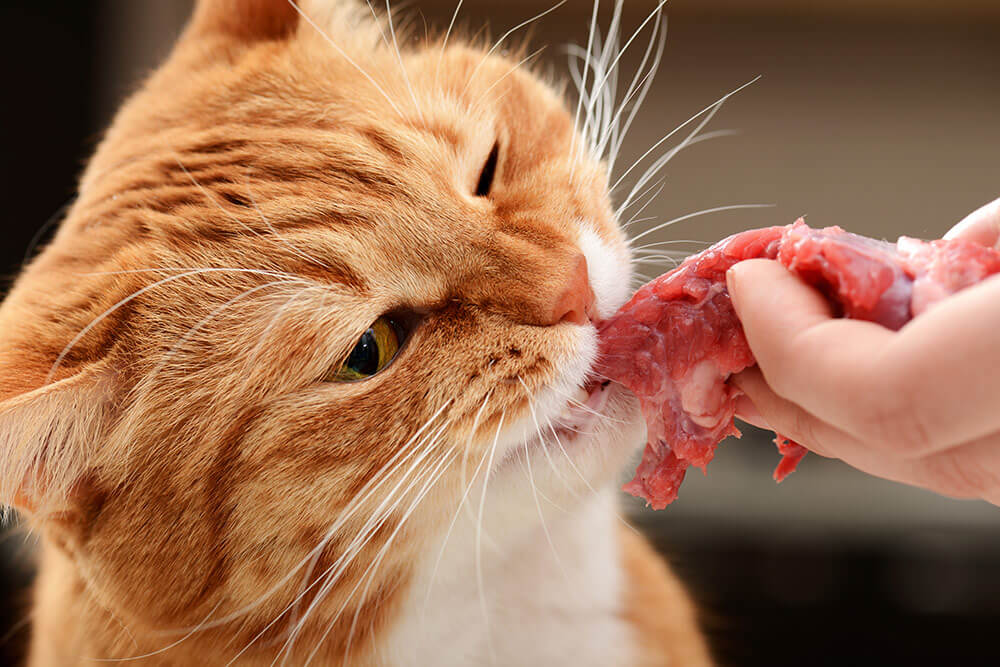
Delve into the specifics of essential nutrients that form the backbone of a cat’s diet, understanding how proteins, fats, vitamins, and minerals play a pivotal role in supporting their growth, immune system, and energy levels.
Balancing Act: The Paramount Importance of Well-Rounded Nutrition
Achieving a harmonious balance in your cat’s diet is not just a goal; it’s a cornerstone of their well-being. We emphasize the necessity of providing a well-rounded nutritional profile, ensuring that every meal contributes to their overall health. Explore the art of balancing proteins, fats, and carbohydrates to meet your cat’s specific needs, fostering longevity and vitality.
This section will guide you through the intricacies of crafting a balanced diet, empowering you to make informed choices that cater to your cat’s unique nutritional requirements. By understanding the delicate equilibrium required, you become a steward of your cat’s health, creating a foundation for a vibrant and thriving feline companion.
Navigating Hazards: Mentioning Potential Health Risks
Alongside the pursuit of optimal nutrition, it’s crucial to be aware of potential health risks associated with inappropriate foods. Discover the red flags and pitfalls that can jeopardize your cat’s well-being. From toxic substances to common allergens, we’ll highlight the dietary dangers that every cat owner should be mindful of.
By recognizing these risks, you’ll be equipped to make informed decisions, steering clear of potential health hazards and ensuring that every morsel aligns with your cat’s nutritional needs.
Safe and Healthy Human Foods for Cats: Crafting a Culinary Haven for Your Feline Friend
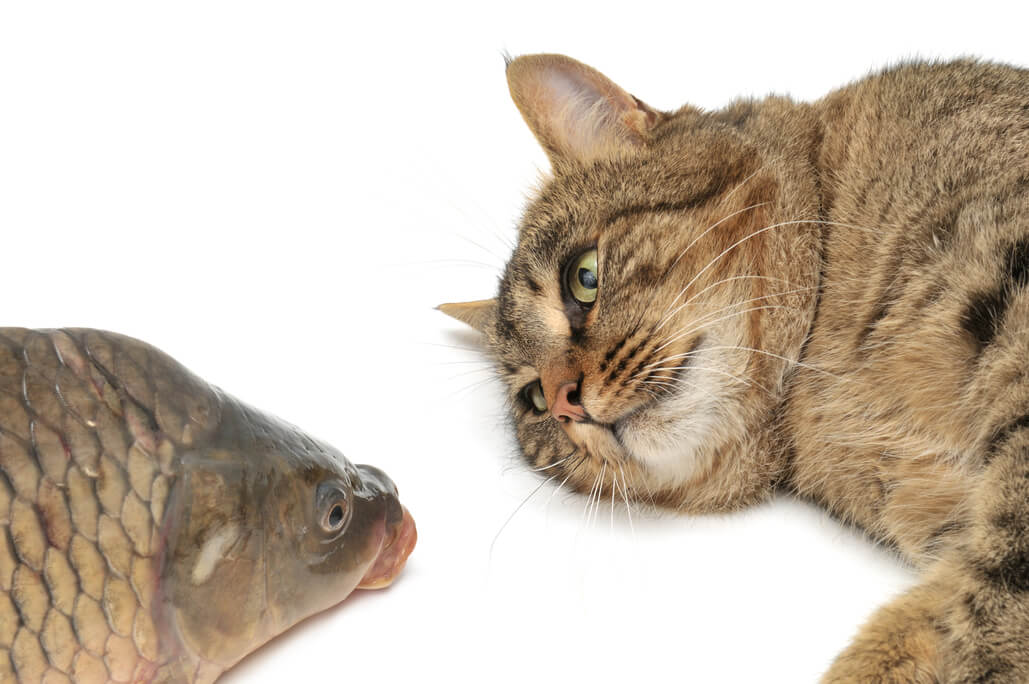
When it comes to treating your cat, the key lies in a careful selection of human foods that not only titillate their taste buds but also contribute to their overall health. In this section, we unveil a palate-pleasing array of safe and healthy options, ensuring your cat’s culinary experience is a delightful and nutritious one.
Lean Proteins: Purring Perfection on the Plate
- Cooked Chicken: A lean and protein-packed option that satisfies your cat’s carnivorous cravings. Discover the art of safely preparing and serving this feline favorite.
- Turkey: A delectable alternative to chicken, turkey provides a lean protein source that adds variety to your cat’s diet. Uncover the safe ways to incorporate this Thanksgiving staple into your cat’s menu.
- Fish (Mentioning Safe Options): While fish is a seafood delight for cats, not all varieties are created equal. Explore the safe options, ensuring your cat enjoys the omega-3 benefits without encountering potential pitfalls.
Fruits: Nature’s Sweet Symphony
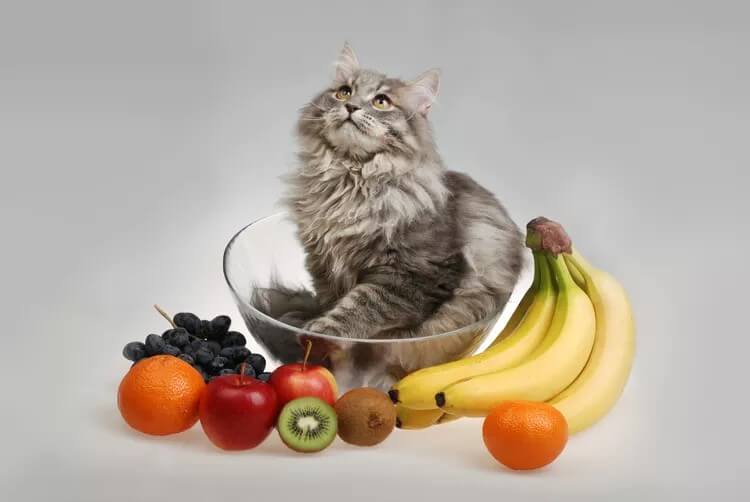
- Apples (Without Seeds): A crunchy and hydrating treat, apples offer a sweet respite. Learn the safe way to share this fruity delight, minus the potential risks associated with seeds.
- Blueberries: Bursting with antioxidants, blueberries make for a flavorful and healthy addition to your cat’s snack repertoire. Uncover the nutritional benefits and safe serving sizes.
- Watermelon (Seedless): Savor the summer sweetness with seedless watermelon. Delight your cat’s senses while steering clear of seeds that can pose a choking hazard.
Vegetables: Green Goodness for Feline Wellness
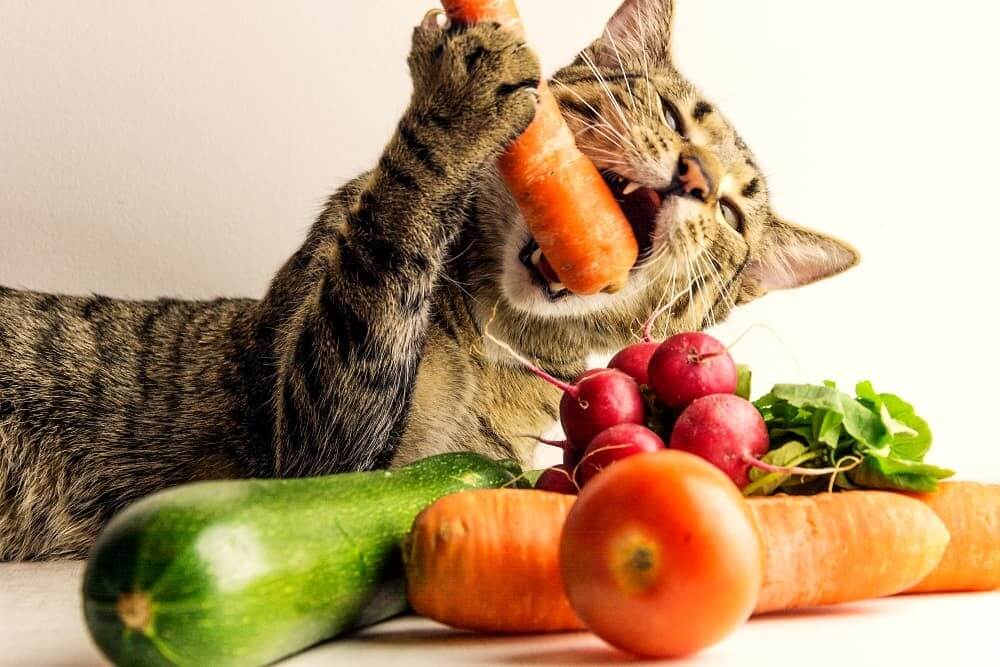
- Carrots (Cooked): Rich in beta-carotene, cooked carrots offer a crunchy and nutritious snack. Explore the ways to prepare carrots to ensure they are feline-friendly.
- Pumpkin (Plain, Canned): A digestive aid and a source of fiber, plain canned pumpkin is a treat with health benefits. Discover how to incorporate this autumnal delight into your cat’s diet.
- Steamed Broccoli: Packed with vitamins and minerals, steamed broccoli introduces a nutritional boost. Learn the safe and palatable ways to serve this green delight to your cat.
Dairy: Creamy Indulgences in Moderation
- Plain Yogurt: A probiotic-rich option that supports gut health. Explore the world of plain yogurt, ensuring a creamy and safe indulgence for your cat.
- Cottage Cheese (In Moderation): An occasional treat that provides a protein punch. Learn the moderation mantra for introducing this dairy delight to your cat’s menu.
Grains: Adding Hearty Flair to Feline Feasts
- Cooked Rice: A bland yet filling addition, cooked rice can be a comforting inclusion in your cat’s diet. Uncover the ways to prepare rice for a safe and satisfying treat.
- Oatmeal: Rich in fiber, oatmeal introduces a wholesome element to your cat’s treat options. Discover how to prepare oatmeal that aligns with your cat’s dietary needs.
Embark on a culinary journey of safe indulgence with these meticulously curated options, ensuring your cat not only savors each bite but also reaps the nutritional benefits for a happy and healthy life.
Foods to Avoid: Safeguarding Your Feline Companion’s Health
As devoted cat owners, it’s paramount to be vigilant about the foods that pose potential risks to our feline friends. In this section, we outline a comprehensive list of toxic foods, shedding light on the dangers associated with each and underscoring the critical importance of steering clear of harmful seasonings and additives.
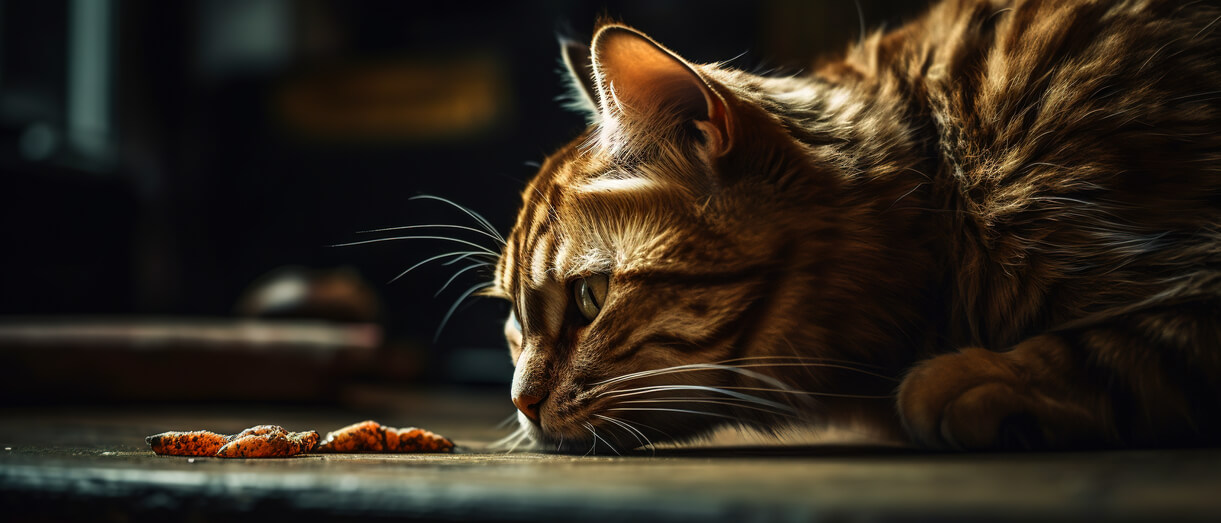
List of Toxic Foods for Cats: Navigating Dietary Danger Zones
Before delving into the specifics, let’s acquaint ourselves with a comprehensive list of foods that are toxic to cats:
- Onions and Garlic: These aromatic additions to human cuisine contain compounds that can damage a cat’s red blood cells, leading to anemia.
- Chocolate: A sweet indulgence for us, but a perilous one for cats. Theobromine, present in chocolate, can lead to severe health issues, including heart problems and seizures.
- Caffeine: Found in coffee, tea, and certain sodas, caffeine can cause restlessness, rapid breathing, and even fatal consequences for our feline companions.
- Grapes and Raisins: Despite their health benefits for humans, grapes and raisins can trigger kidney failure in cats, making them a no-go zone.
- Alcohol: Even small amounts of alcohol can be toxic to cats, causing coordination problems, liver damage, and respiratory failure.
- Bones: While bones may seem like a natural treat, they can splinter and cause choking hazards or, worse, damage the digestive tract.
- Raw Eggs: Raw eggs pose the risk of salmonella and can interfere with biotin absorption, leading to skin and coat issues.
- Dairy (in excess): While small amounts of certain dairy products are okay for some cats, excessive consumption can lead to digestive issues due to lactose intolerance.
Explanation of the Dangers Associated with Each Toxic Food
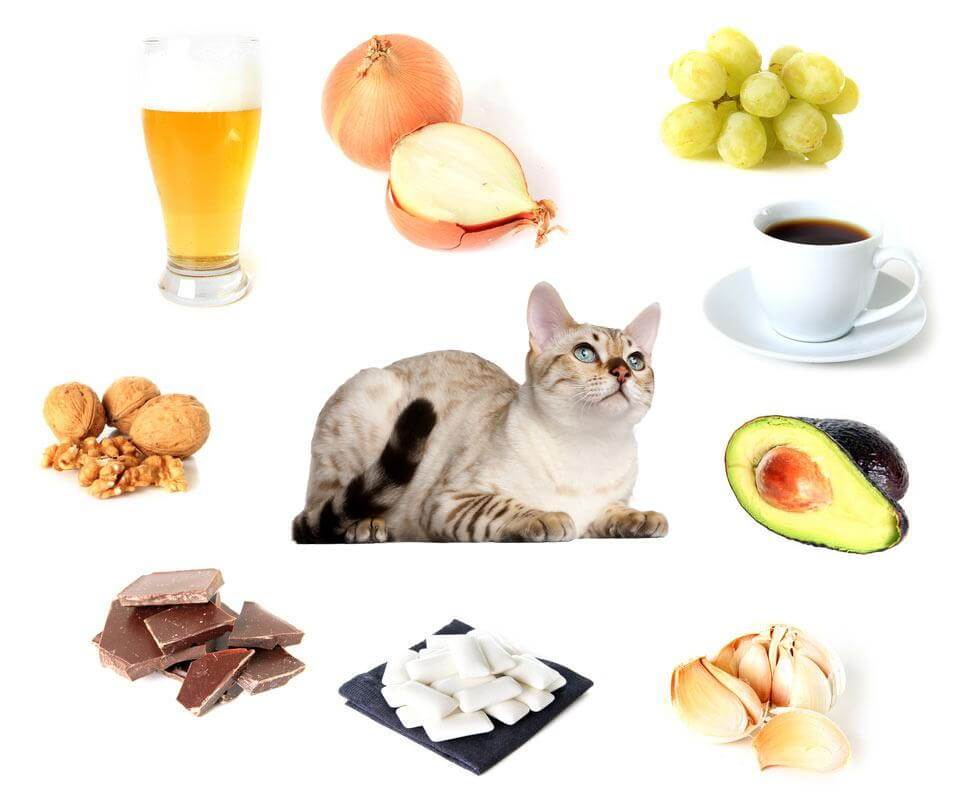
- Onions and Garlic: These contain thiosulphate, a substance that can damage red blood cells and lead to anemia, causing weakness and lethargy in cats.
- Chocolate: Theobromine, a stimulant found in chocolate, can elevate a cat’s heart rate, leading to cardiac issues, restlessness, and, in severe cases, seizures.
- Caffeine: Cats are more sensitive to caffeine than humans, and ingestion can lead to elevated heart rates, tremors, and potential fatalities.
- Grapes and Raisins: The exact toxic component is unknown, but ingestion can lead to kidney failure, characterized by vomiting, lethargy, and decreased urination.
- Alcohol: Even small amounts can cause intoxication, leading to depression, lethargy, and potentially fatal respiratory failure.
- Bones: Splintered bones can cause choking or, if swallowed, result in gastrointestinal obstructions, requiring immediate veterinary intervention.
- Raw Eggs: The risk of salmonella infection and biotin deficiency can lead to skin and coat problems, affecting a cat’s overall health.
- Dairy (in excess): While small amounts of dairy might be tolerated, excessive intake can result in digestive upset due to lactose intolerance.
Importance of Avoiding Seasonings and Additives: Enhancing Feline Well-being
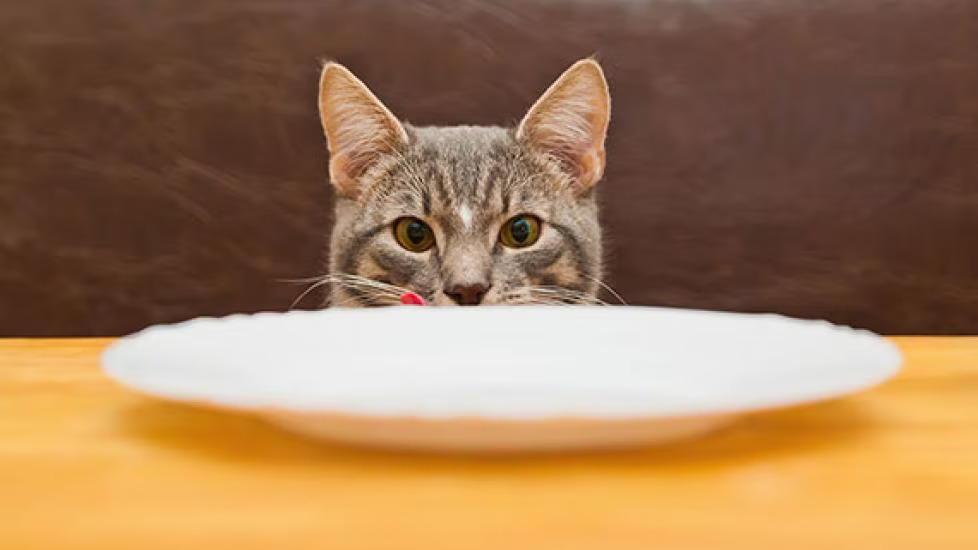
Beyond specific toxic foods, it’s crucial to recognize the hazards of seasonings and additives commonly found in human meals. Cats have a delicate digestive system, and certain spices, herbs, and additives can lead to gastrointestinal distress.
- Salt: Excessive salt intake can lead to sodium ion poisoning in cats, manifesting as increased thirst, vomiting, diarrhea, and, in severe cases, tremors and seizures.
- Onion and Garlic Powder: These common seasonings contain the same toxic compounds as fresh onions and garlic, posing similar risks to a cat’s health.
- Artificial Sweeteners (e.g., Xylitol): Found in many processed foods, xylitol can lead to insulin release, causing hypoglycemia, seizures, and liver failure in cats.
- MSG (Monosodium Glutamate): While often used to enhance flavor, MSG can trigger adverse reactions in some cats, including lethargy and nausea.
- Excessive Spices: Cats are sensitive to strong flavors, and excessive spices can lead to gastrointestinal upset. It’s crucial to keep their meals simple and free from overpowering seasonings.
In Conclusion: Prioritizing Your Cat’s Dietary Safety
Understanding the potential dangers of certain foods, along with the associated risks of seasonings and additives, is pivotal to safeguarding your cat’s health. By steering clear of these hazards, you play a crucial role in ensuring that every morsel aligns with your feline companion’s well-being. As responsible pet owners, let’s prioritize the safety and health of our cherished cats, creating a nurturing environment where they can thrive.
Introducing New Foods to Cats: A Delicate Gastronomic Exploration for Feline Well-being
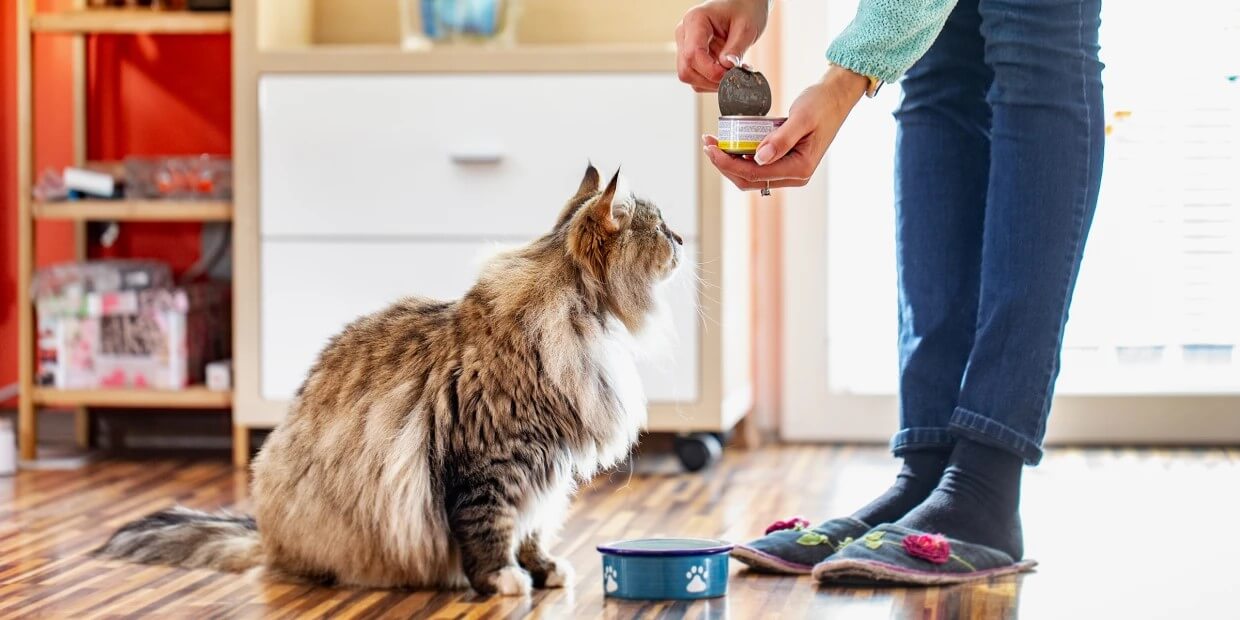
Embarking on the journey of introducing new foods to your cat requires finesse and mindfulness. In this segment, we unravel the art of gradually expanding your feline companion’s culinary horizons, emphasizing the importance of monitoring for allergies, paying keen attention to their reactions, and embracing moderation to prevent nutritional imbalances.
Gradual Introduction and Allergy Monitoring: Paving the Path to Palatability
In the world of feline gastronomy, patience is key. When introducing new foods, take a gradual approach. Begin with small portions to allow your cat’s digestive system to acclimate. Monitor for any signs of allergies, such as itching, vomiting, or changes in behavior.
Paying Attention to Cat’s Reactions: Decoding Feline Feedback
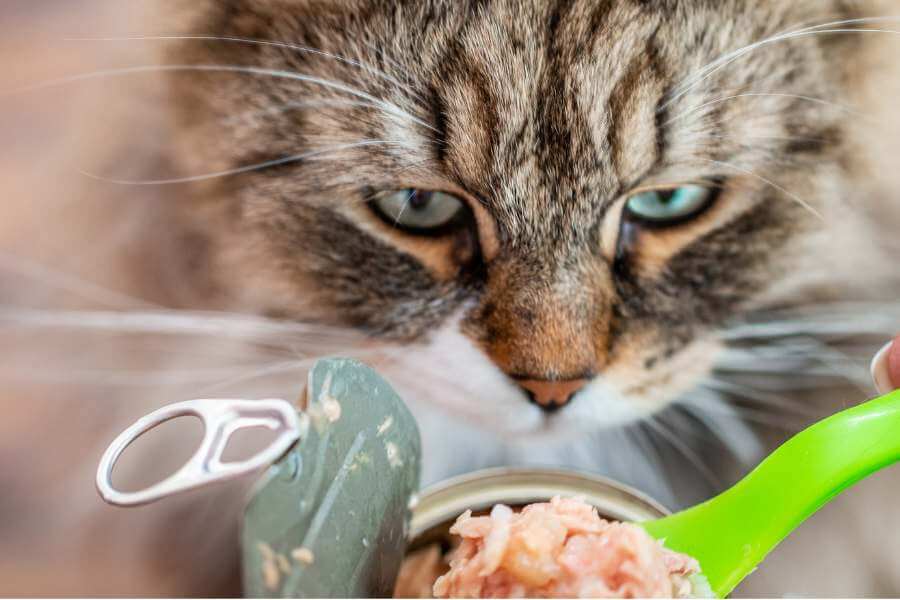
Cats are expert communicators, and their reactions to new foods can speak volumes. Observe your cat closely during and after the introduction of a new treat. Positive signs may include eagerness, content purring, and a clean plate. Conversely, signs of discomfort or disinterest should prompt reassessment.
Moderation in Treats: A Balanced Approach to Feline Indulgence
While treating your cat is a delightful experience, moderation is the golden rule. Excessive treats can lead to nutritional imbalances, impacting your cat’s overall health. Strike a balance by incorporating treats into their diet sparingly, ensuring they complement rather than dominate their nutritional intake.
In Conclusion: Nurturing Healthy Culinary Exploration
Navigating the introduction of new foods to your cat is a journey of discovery and care. By embracing a gradual approach, deciphering your cat’s reactions, and adhering to moderation, you pave the way for a harmonious and health-conscious gastronomic experience for your feline friend.
Tips for Making Homemade Cat Treats: Crafting Wholesome Delights for Your Feline Friend
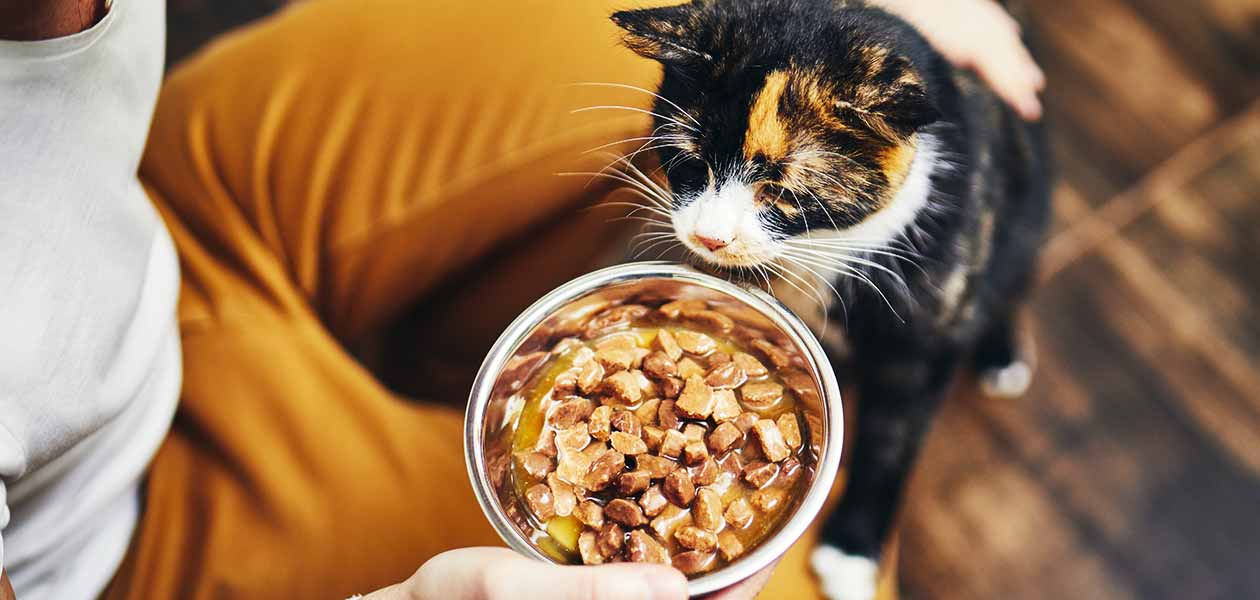
Indulging your cat with homemade treats is a rewarding endeavor that allows you to cater to their tastes while ensuring nutritional quality. In this section, we unveil easy recipes for crafting homemade cat treats using ingredients approved for feline consumption. Additionally, we emphasize the significance of ingredient control, empowering you to tailor treats to your cat’s unique preferences and dietary needs.
A. Simple Recipes for Homemade Cat Treats Using Cat-Approved Ingredients
- Tuna and Catnip Crunchies:
- Blend canned tuna with a sprinkle of catnip.
- Form into small, bite-sized balls and bake until crisp.
- A savory and aromatic treat that will captivate your cat’s senses.
- Chicken and Pumpkin Bites:
- Mix cooked, shredded chicken with pureed pumpkin.
- Shape into tiny morsels and bake to perfection.
- A protein-packed delight with the added benefits of digestive-friendly pumpkin.
- Cheesy Salmon Swirls:
- Combine canned salmon with a touch of cheese.
- Roll the mixture into small swirls and bake until golden.
- A delectable combination of omega-3-rich salmon and irresistible cheese.
B. Emphasizing the Control of Ingredients in Homemade Treats
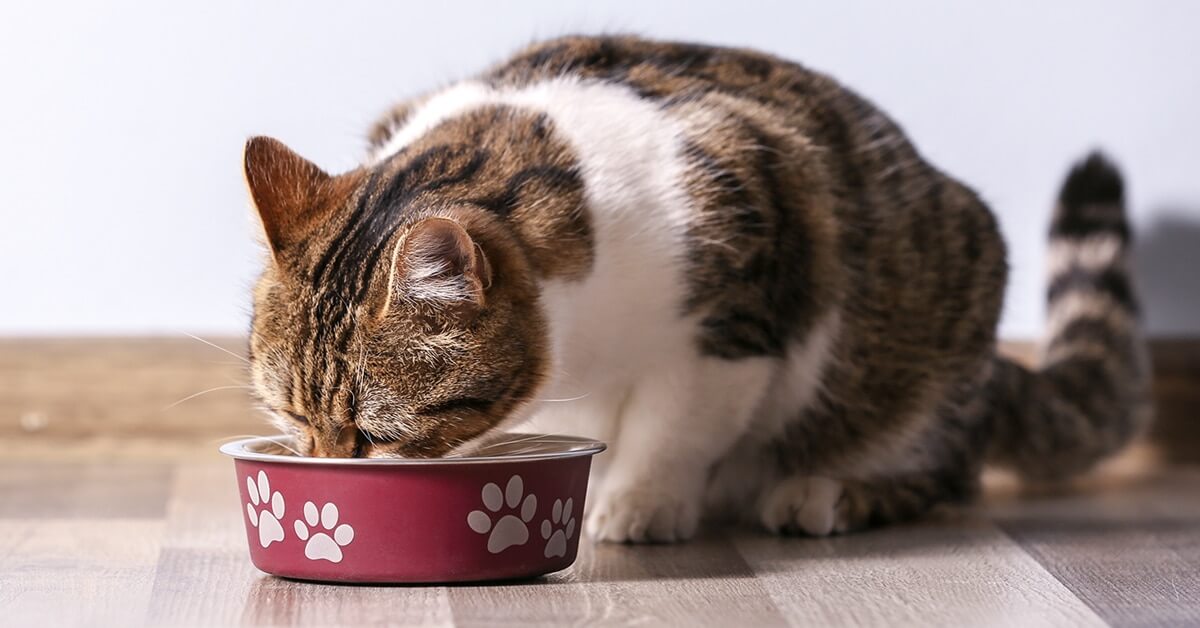
Crafting homemade cat treats provides a unique advantage — complete control over the ingredients. This control ensures that the treats align with your cat’s dietary requirements and taste preferences. Embrace the following tips to maximize the benefits:
- Tailored Nutrition:
- Adjust ingredient proportions to accommodate your cat’s nutritional needs, considering factors such as age, weight, and any dietary restrictions.
- Avoiding Additives and Fillers:
- By making treats at home, you eliminate the need for artificial additives or fillers commonly found in commercial options.
- Catering to Dietary Preferences:
- Tailor treats to your cat’s taste preferences, whether they lean towards meaty, fishy, or vegetarian delights.
- Monitoring Allergens:
- Control allergens by selecting ingredients that are safe and well-tolerated by your cat.
Conclusion: Nurturing Your Cat’s Well-being Through Safe and Thoughtful Nutrition
As we conclude our exploration into the realm of cat-approved human foods, let’s recap the key elements that contribute to a healthy and delightful culinary experience for your feline friend. Remember, ensuring your cat’s well-being involves not just the joy of treating them but also the responsibility of making informed choices.
A. Recap of Safe and Healthy Human Foods for Cats: A Palette of Feline Delights
As you curate your cat’s menu, consider incorporating these safe and healthy human foods:
- Lean Proteins:
- Cooked chicken, turkey, and fish (with an emphasis on safe options).
- Fruits:
- Apples (seedless), blueberries, and seedless watermelon.
- Vegetables:
- Cooked carrots, plain canned pumpkin, and steamed broccoli.
- Dairy:
- Plain yogurt and cottage cheese (in moderation).
- Grains:
- Cooked rice and oatmeal.
These options not only tantalize your cat’s taste buds but also contribute to their overall nutritional balance.
B. Final Reminder: Consult Your Vet Before Introducing New Foods
Before embarking on any culinary exploration, it’s crucial to consult your veterinarian. Each cat is unique, and professional guidance ensures that any new additions align with their specific dietary needs. Your vet’s expertise is the compass guiding you through the diverse world of cat-friendly human foods, safeguarding against potential health risks.
C. Encouragement for Responsible and Mindful Treat-Giving: A Gesture of Love
Treat-giving is more than a gesture of affection; it’s an opportunity to nurture your cat’s well-being responsibly. As you indulge your feline companion, remain mindful of portion sizes, frequency, and the nutritional content of treats. A balanced approach ensures that every treat is a joyful and healthful experience for your cherished companion.
In Closing: A Symphony of Health, Happiness, and Responsible Delight
In the tapestry of your cat’s life, nutrition plays a pivotal role. By choosing safe and healthy human foods, consulting your vet, and approaching treat-giving with mindfulness, you become a steward of your cat’s health and happiness. Stay tuned for more insights and tips on fostering a vibrant and fulfilling life for your beloved feline friend.




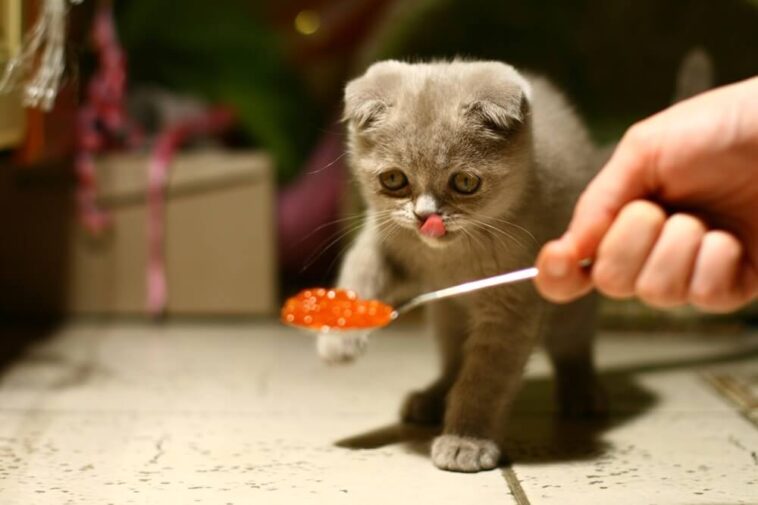

GIPHY App Key not set. Please check settings